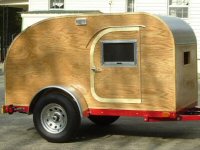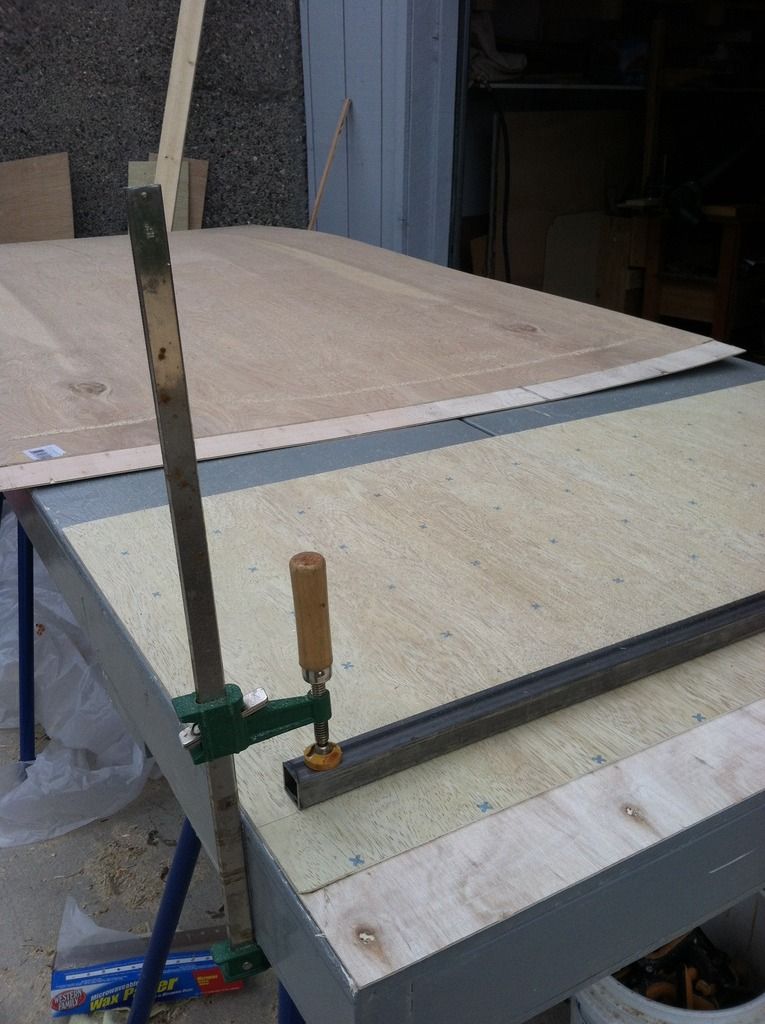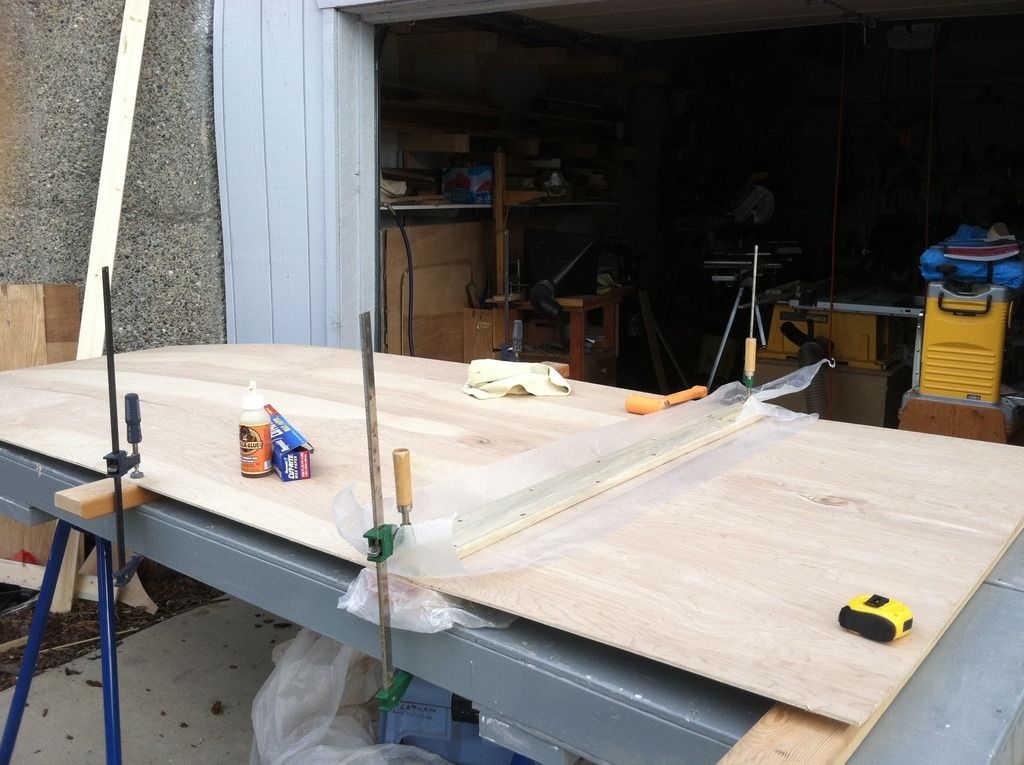Realize that on a short budget there will either be many compromises or your project will take a very long time to complete. It can be done, tho, so don't get discouraged.

I do recommend that you plan out your build thoroughly, so that you can get a realistic idea of the scope of work and the true long haul cost involved. The quickest way to waste money is to make avoidable mistakes (there will be enough with a good plan... a lot more with no plan), or to get in too deep and realize that the costs are ballooning and the time is taking way more than planned due to budget restrictions.
First thing's first: Safety. Before even thinking about using the router you will need safety glasses with side shields, or at least a set of cheap goggles. The first way to blow the month's budget (or worse) is to get junk in your eyes and have to go to the doctor (or worse). I also like to use those cheap foam ear plugs.
Check your used router for any play in the shaft; there shouldn't be any end (in/out) or radial (side to side) play and the bearings should feel smooth. The depth adjustment should operate smoothly and lock up solidly, if not you can usually take this apart to clean out sawdust, and make a tension adjustment. Some older routers don't index the shoe (or base plate) concentrically with the bit, so you may get inaccuracies if you rotate the base while traveling relative to the work. On my older router I use a simple piece of bent wire clamped onto the collet like a curb feeler and rotate it around the shoe to center it before tightening the base screws.
The bits you show are high speed steel (not carbide) and the guided ones only have guide posts, not bearings. You can get by, but you will find yourself having to clean the bits more frequently, they are much more susceptible to overheating, and the guide posts will leave more of a mark and/or can scorch the wood. Carbide bits with guide rollers are a real asset. Most builders will have a bottom bearing straight trim bit for trimming overlaps flush (make sure it is long enough to make the cuts needed), a top bearing straight cutter for following templates, and at least a 1/4 inch round over.
IMO, in order to make a TD that is not overly heavy, you will almost certainly need to rip material at some point in the game (buying milled white board can really add up the cost); if you don't have access to a decent table saw, beg borrow or trade labor with a friend when the time comes. When the table saw that was in my work space moved out of the picture. at first I bought a cheap entry level table saw. Big mistake; it was crap. For about the same money and some foot work, I was able to buy an old clunker cast iron saw and get it to work really well.
Lots more thoughts, but I see I have rambled on...
With only a router, a lap joint is strongest. You could also buy a slotting bit and do a spline joint or biscuits.


 I do recommend that you plan out your build thoroughly, so that you can get a realistic idea of the scope of work and the true long haul cost involved. The quickest way to waste money is to make avoidable mistakes (there will be enough with a good plan... a lot more with no plan), or to get in too deep and realize that the costs are ballooning and the time is taking way more than planned due to budget restrictions.
I do recommend that you plan out your build thoroughly, so that you can get a realistic idea of the scope of work and the true long haul cost involved. The quickest way to waste money is to make avoidable mistakes (there will be enough with a good plan... a lot more with no plan), or to get in too deep and realize that the costs are ballooning and the time is taking way more than planned due to budget restrictions.


